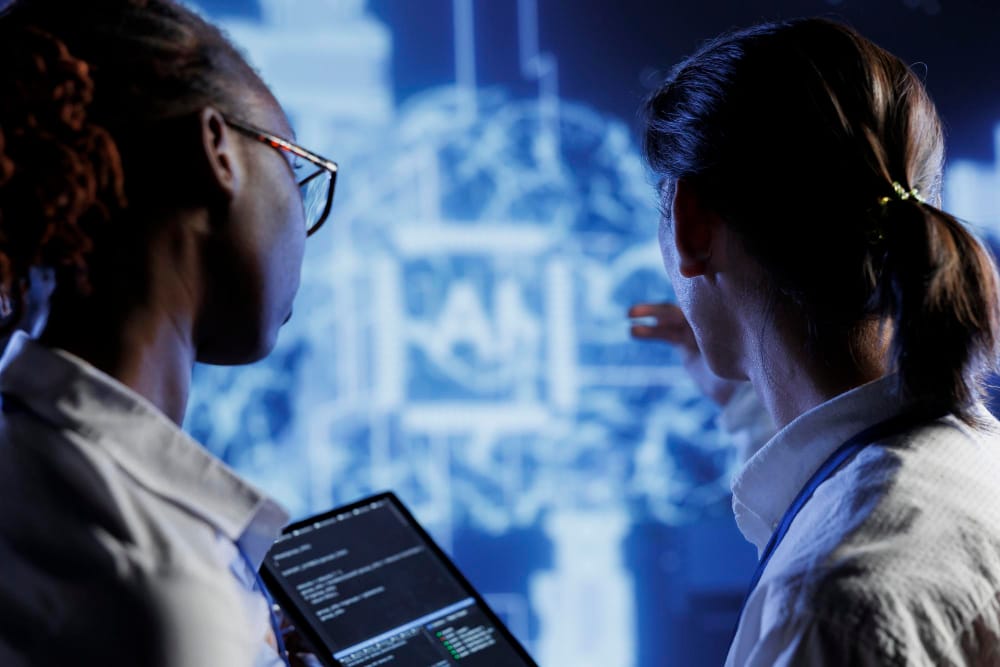
Digital twins are virtual representations of physical objects or systems that allow for the monitoring, analysis, and simulation of real-time data. They are increasingly being utilized in a variety of industries, including manufacturing, healthcare, and infrastructure, to improve efficiency, reduce costs, and enhance decision-making processes.
One of the key ways that digital twins are being utilized is for real-time simulation. By creating a virtual model of a physical object or system, companies can test and refine processes, predict outcomes, and optimize performance in a virtual environment before implementing changes in the real world. This allows for faster and more efficient decision-making, as well as the ability to identify and address potential issues before they become critical.
In addition to simulation, digital twins are also being used for real-time monitoring. By continuously collecting and analyzing data from sensors and other sources, companies can track the performance of physical objects or systems in real-time, identify trends and patterns, and quickly respond to changes or anomalies. This can help to improve operational efficiency, reduce downtime, and prevent costly disruptions.
For example, in the manufacturing industry, digital twins are being used to monitor production lines, equipment, and inventory levels in real-time. By collecting data on key performance indicators, such as machine uptime, output, and defect rates, companies can identify areas for improvement, optimize processes, and minimize waste. This can help to increase productivity, reduce costs, and improve overall operational efficiency.
In the healthcare industry, digital twins are being used to monitor patients, medical devices, and facilities in real-time. By collecting data on vital signs, treatment outcomes, and resource utilization, healthcare providers can identify areas for improvement, optimize workflows, and enhance patient care. This can help to improve patient outcomes, reduce costs, and increase overall quality of care.
In the infrastructure industry, digital twins are being used to monitor buildings, bridges, and other structures in real-time. By collecting data on structural integrity, maintenance needs, and environmental conditions, companies can identify potential risks, prioritize maintenance activities, and extend the lifespan of assets. This can help to improve safety, reduce costs, and ensure the long-term sustainability of infrastructure projects.
The utilization of digital twins for real-time simulation and monitoring is transforming the way that companies operate, make decisions, and solve problems. By creating virtual models of physical objects or systems, companies can test and refine processes, predict outcomes, and optimize performance in a virtual environment before implementing changes in the real world. This allows for faster and more efficient decision-making, as well as the ability to identify and address potential issues before they become critical.
Digital twins are also being used for real-time monitoring, allowing companies to track the performance of physical objects or systems in real-time, identify trends and patterns, and quickly respond to changes or anomalies. This can help to improve operational efficiency, reduce downtime, and prevent costly disruptions. In industries such as manufacturing, healthcare, and infrastructure, digital twins are revolutionizing the way that companies collect, analyze, and act on data, leading to improved performance, reduced costs, and enhanced decision-making processes.